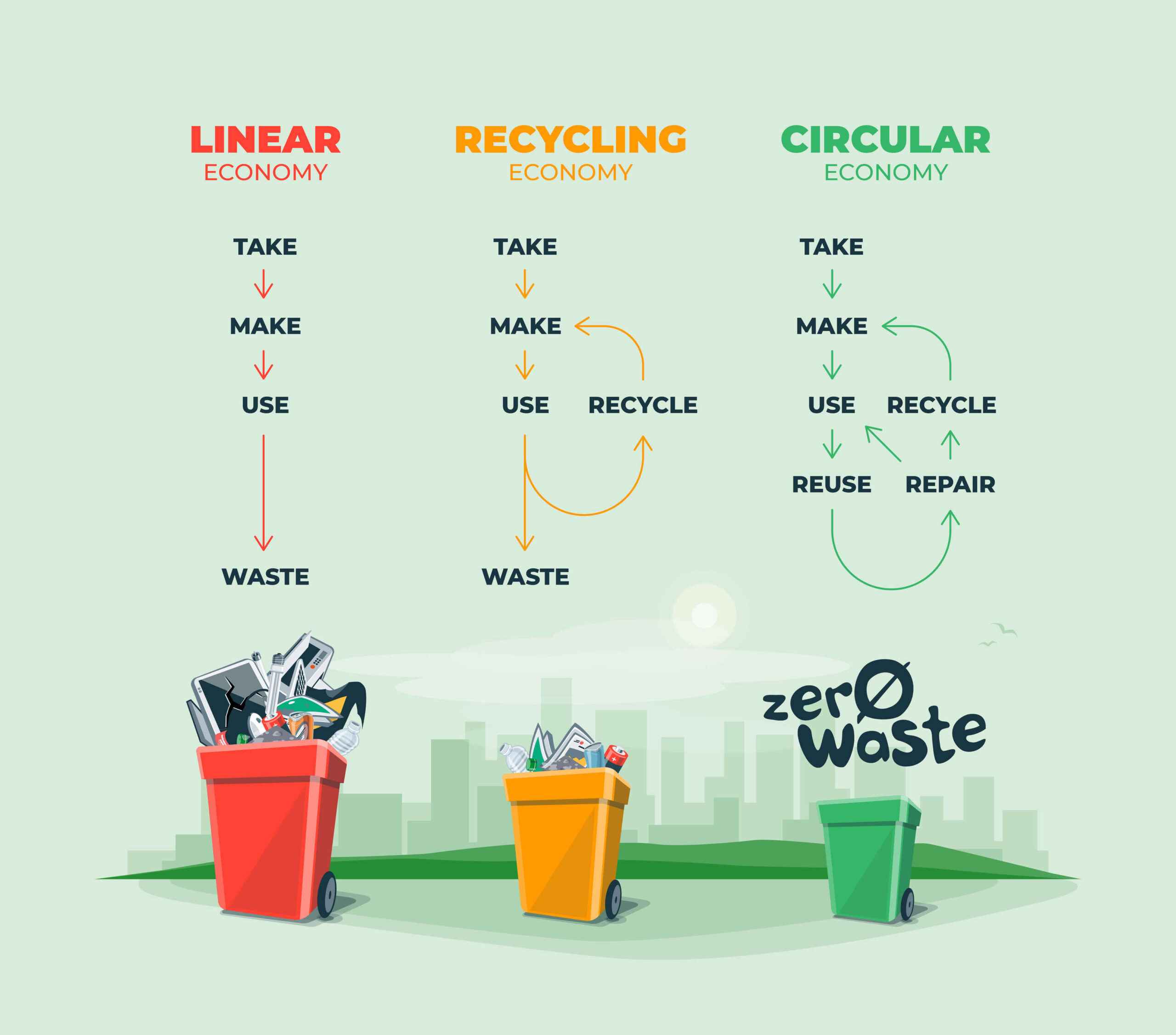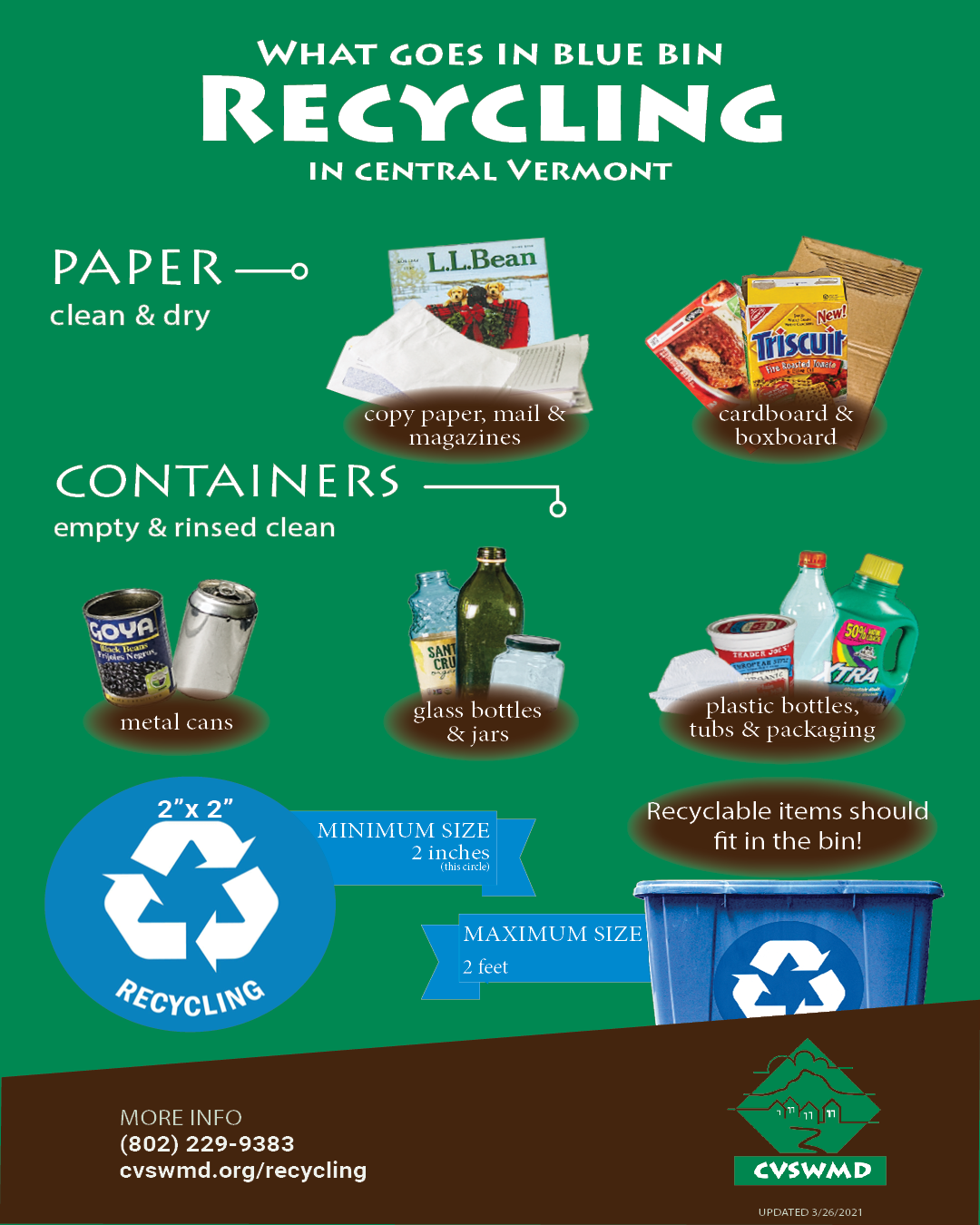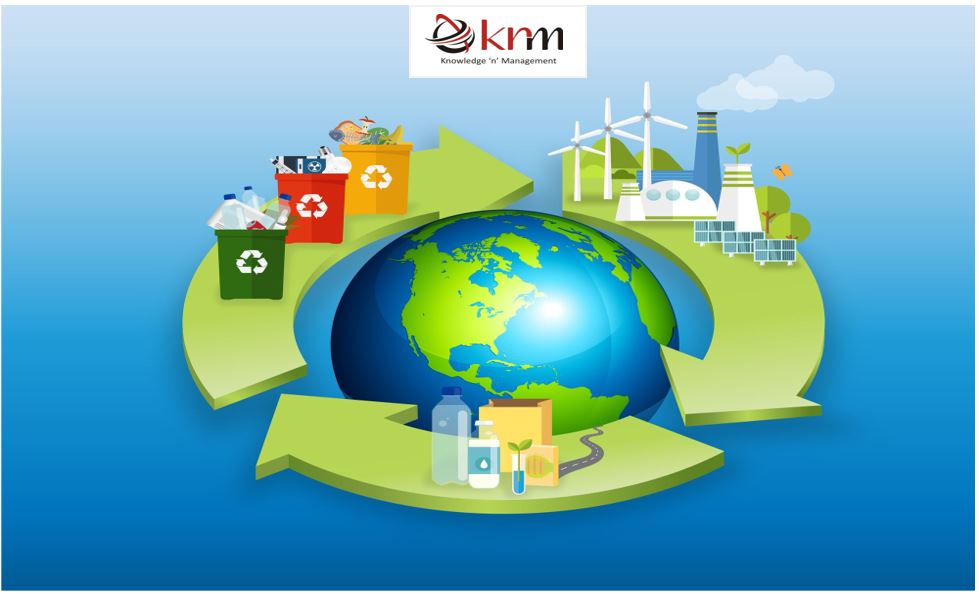Recycling Lives Services: A Total Option for Business Recycling
Recycling Lives Services: A Total Option for Business Recycling
Blog Article
Exploring Various Sorts Of Waste in Modern Waste Administration Equipment
The modern landscape of waste monitoring includes navigating an intricate selection of waste kinds, each calling for specialized handling and disposal approaches to reduce ecological effects. Community solid waste, unsafe waste, digital waste, and organic waste each present distinctive difficulties and chances for resource recovery.
Municipal Strong Waste
Local solid waste, frequently referred to as house garbage or trash, includes a range of discarded products produced by property, industrial, and institutional sources within a town. This waste stream usually consists of products such as product packaging, food scraps, yard trimmings, paper, plastics, textiles, and disposed of house goods. The monitoring of local solid waste is a vital component of metropolitan planning and public wellness, necessitating effective collection, transportation, and disposal systems.
Reliable waste management systems are developed to lessen ecological impact while making best use of resource healing. Composting natural waste, such as food scraps and backyard trimmings, not just decreases garbage dump use yet additionally produces valuable soil amendments.
Municipalities should also deal with the logistical and economic difficulties related to waste monitoring. Implementing pay-as-you-throw systems, improving public recognition, and investing in innovation can significantly enhance waste diversion prices. By incorporating these techniques, districts can foster lasting communities, decrease greenhouse gas emissions, and save natural deposits.
Contaminated Materials

Efficient contaminated materials management includes numerous vital actions: identification, therapy, partition, and disposal. Recognition entails the classification of waste based upon its hazardous residential or commercial properties. Segregation makes certain that unsafe materials are kept individually from non-hazardous waste to stop cross-contamination. Therapy approaches, such as chemical neutralization, incineration, and stablizing, are utilized to minimize the poisoning, volume, or movement of the waste. Lastly, disposal options, consisting of secure land fills and underground storage space, are picked to ensure lasting control.
Governing structures, such as the Resource Conservation and Healing Act (RCRA) in the USA, give standards and requirements for harmful waste administration. Adherence to these policies, combined with improvements in waste treatment innovations, is crucial in minimizing the dangers connected with contaminated materials.
Electronic Waste
Digital waste, generally described as e-waste, represents a rapidly growing difficulty in waste management systems worldwide. This sort of waste encompasses thrown out electronic gadgets and equipment such as mobile phones, computers, televisions, and various other digital appliances. The quick rate of technological advancement, combined with lowering item life expectancies and consumer demand for the current gadgets, has actually tremendously increased the volume of e-waste created every year.
E-waste is specifically problematic as a result of its intricate structure, frequently consisting of hazardous compounds like cadmium, lead, and mercury, which pose considerable ecological and health dangers otherwise properly handled. Alternatively, e-waste also includes useful products such as copper, gold, and silver, which can be recovered and recycled. The twin nature of e-waste-- both hazardous and important-- requires specific handling, reusing, and disposal procedures.
Reliable e-waste monitoring involves stringent regulatory frameworks, robust collection systems, and advanced recycling innovations. Public recognition and engagement are crucial, as improper disposal practices, such as unlawful unloading and informal recycling, intensify environmental contamination and carcinogen. Consequently, enhancing e-waste monitoring practices is vital for alleviating eco-friendly influence and recuperating useful sources in an increasingly digital world.

Organic Waste
Organic waste, comprising cooking area scraps, yard trimmings, and farming residues, stands for a significant section of the worldwide waste stream. This sort of waste is naturally degradable, meaning it can be damaged down by microbes into less complex organic substances. Despite its capacity for all-natural decomposition, incorrect monitoring of organic waste can lead to negative ecological impacts, consisting of the emission of greenhouse gases such as methane, which add to climate modification.
Reliable management of natural waste is important for decreasing these environmental influences (recycling lives services). Composting is a commonly adopted method, transforming natural waste right into nutrient-rich garden compost that can enhance soil wellness and farming productivity. Furthermore, anaerobic food digestion is an arising technology that converts natural waste right into biogas, a renewable resource resource, and digestate, which can be used as fertilizer
Municipalities and waste administration entities need to apply robust organic waste collection and treatment programs to make the most of the benefits of these processes. Public education campaigns can likewise play a crucial duty in encouraging houses and businesses to separate natural waste from various other kinds of waste. By focusing on the management of natural waste, cultures can minimize land fill usage, reduced greenhouse gas emissions, and create useful by-products for farming use.

Cutting-edge Waste Administration
In the realm of waste management, cutting-edge techniques are changing exactly how societies manage their refuse, intending for sustainability and effectiveness. One popular development is the implementation of clever waste containers geared up with sensors that monitor fill degrees and enhance collection routes.
Another notable growth is the adoption of waste-to-energy (WtE) modern technologies. By transforming non-recyclable waste into usable power with processes such as incineration and anaerobic food digestion, WtE minimizes land fill problem and offers a renewable resource source. Furthermore, improvements in chemical recycling permit the breakdown of intricate plastics right into their initial monomers, enabling the creation of brand-new, top quality plastic items.
Furthermore, the round economy design is gaining grip, emphasizing the style of items and systems that focus on reusability and source effectiveness. This holistic strategy urges markets to decrease waste generation from the start. Via these cutting-edge techniques, modern-day waste monitoring systems are not Find Out More only attending to the instant difficulties of waste disposal yet also leading the way for a more sustainable future.
Verdict
A comprehensive understanding of municipal strong waste, dangerous waste, electronic waste, and organic waste, paired with the execution of innovative waste administration options, is vital for minimizing ecological impacts. Integrating innovations such as wise waste containers and waste-to-energy systems can boost efficiency and sustainability. Efficient waste monitoring strategies not only foster resource recuperation but also promote public understanding and participation, eventually adding Web Site to the development of a round economy.
The contemporary landscape of waste administration includes navigating an intricate selection of waste kinds, each requiring specialized handling and disposal methods to reduce ecological effects. Local solid waste, hazardous waste, digital waste, and organic waste each present distinct challenges and possibilities for source healing.Digital waste, frequently referred to as e-waste, represents a rapidly expanding difficulty in waste administration systems worldwide. Through these innovative approaches, contemporary waste management systems are not just resolving the prompt difficulties of waste disposal but also paving the way for a more sustainable future.
An extensive understanding of community solid waste, harmful waste, electronic waste, and organic waste, combined with the implementation pop over here of cutting-edge waste management services, is critical for reducing environmental effects. (recycling lives services)
Report this page